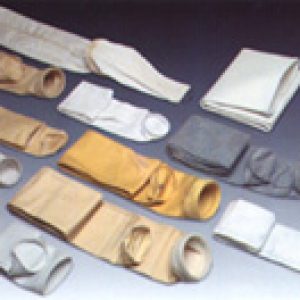Dust Collectors
We Are Here To Supply And Service Your Filter Needs.
Reliable Dust Collector
Filter Bags
We offer a complete line of replacement and custom designed dust collector bags to fit most manufactures’ filter bag housings.

Shaker, Reverse Air

Pulse Jet Filter Bags
Our dust collector filter bags are carefully fabricated and sized to ensure ease of installation and change-out. These Filter bags are designed to be mounted and gasketed firmly into place with a snap band, corded cuff, or clamp to ensure a dust tight seal. Various coatings and finishes can be applied to either side of the dust collector bag to enhance cleaning and efficiencies, as well as prolonging service life. Groundwire, anti-collapse rings and other options can be easily incorporated into the filter bag construction.
We can custom fabricate various types of attachments to work with your specific shaker mechanism, whether it’s a loop, eyelet, grommet or other device.
We Can Custom Fabricate Any Style Filter Bag To Meet Your Specific Needs
- Designed for ease of installation and change-out
- Wide range of coatings and finishes
- Wide variety of paper, felt and woven filter medias
- Custom designed filter bags
What We Need To Know To Provide You A Quote:
- Brand name of the Collector.
- Is it a Shaker or Pulse style?
- Length of Bag or Cage.
- Diameter.
- Flat Dimension.
- Specs on Material.
- Is it a Top or Bottom Load Collector?
Chemical Felt Treatments
Reliable Filter now has the capability to apply a complete variety of chemical treatments to its range of filtration felt media. The ability to apply these finishes can considerably improve a felts performance, efficiency, and life expectancy.
Treatments can be applied either by impregnation, where all the fibers are individually treated, or by coating, where only the filtration surface of the felt is treated. Also a combination of impregnation and coating can be done.
"Oleophobic" "Hydrophobic" TD
Another, very common use for a felt with a fluorocarbon treatment is in applications where there is a high risk of hydrolysis attack. This is generally caused by the baghouse temperature falling below the dewpoint temperature (temperature at which the gas condenses into a liquid). Here the treatment provides some chemical resistance.
